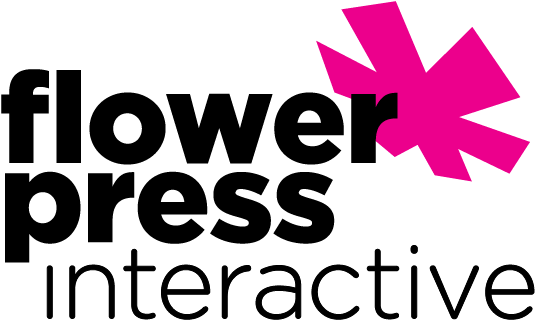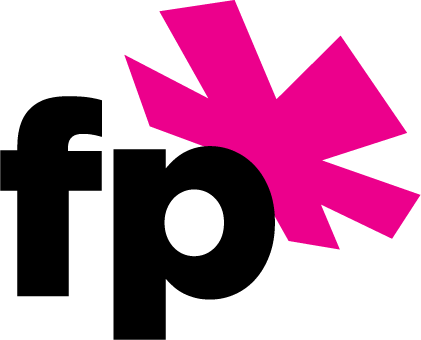
“And how does that make you feel?” This is the catchphrase of all sitcom therapists. Perhaps overused in the media, this phrase holds more power than most people understand. The person asking the question has imparted no opinions, no implications of whether the answer should lean toward the positive or the negative, and given no judgment to the action preceding the feeling. This vague questioning leaves the respondent open to share positive or negative reactions, ideas of what they expected to happen, and the reasons behind their answers. We should strive for this openness when sharing new products with potential users.
So many user interviews start with the interviewer showing their product, then asking “What do you think?” This leads to two problems. First, offering negative feedback often feels like confrontation, which most of us are programmed to avoid. Second, the interviewees’ opportunities to come up with and share their ideas has been limited.
Asking the right questions
Empowering the User: As an interviewer, after I show each portion of a product, asking “how do you feel users would react to what you just saw?” helps remove any feeling of confrontation or criticism. I am not asking how the interviewer feels. I am asking them to think for a theoretical third party, one who is much like themselves. In doing so I have shown that I feel this person has the experience and knowledge to think and speak for a group, giving them the confidence to speak more honestly.
Utilizing the User’s Ideas: My next questions are simple, open-ended, and have led to some of my most important product conversations. With questions like “What do you think you would do next if you were on this page?” and “If you clicked here, what would you expect to happen?”, I give no expectation of what could or should happen. Sometimes, I learn that the user is lost and does not know what to expect. The product needs to be updated for clarity. In other situations, I learn a user’s expectations and ideal scenarios for a product. Some of the greatest ideas for my products have come from these answers.
Answers Are Not Positive or Negative – They are Informative
After hearing the answers, I show the user the journey that was planned. At this point, we’ve established an open line of communication, and the interviewee’s delight or disappointment is apparent. This reaction is a guidepost. I have either created something that surpassed expectations or failed to do so and need to revisit my work.
As creators we all want people to like what we create. We want our first try to surprise and delight. Rarely does this happen. Open and honest feedback in a user interview is one of the most powerful tools we have, and that includes negative feedback. Learn early that something is confusing, lacks luster, or doesn’t meet expectations. Stay open-minded to the idea that a user may have a better plan for the product than anyone on your team, and pivot toward that idea. Asking open-ended questions leads to open-minded answers, and those answers lead to the best products.

